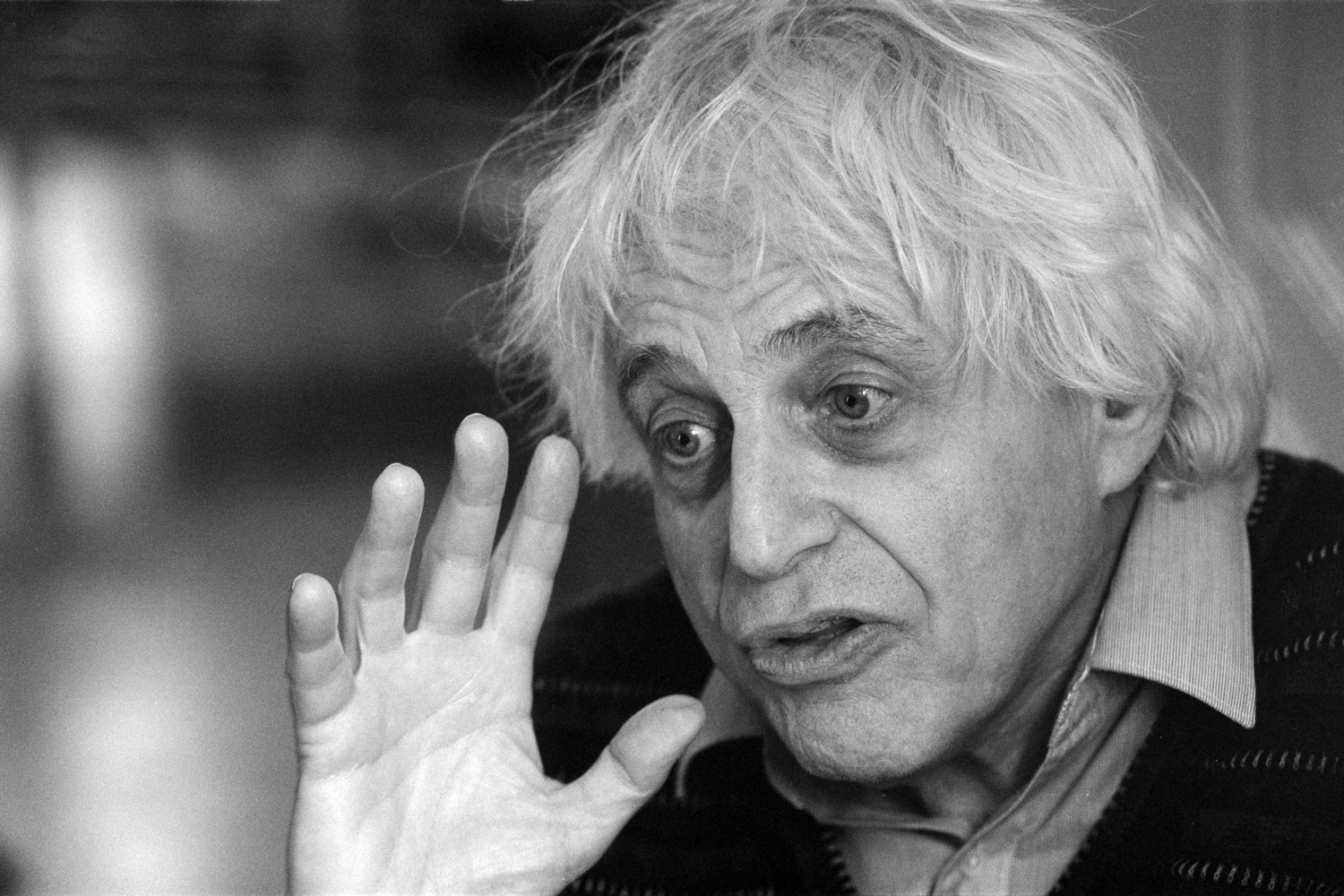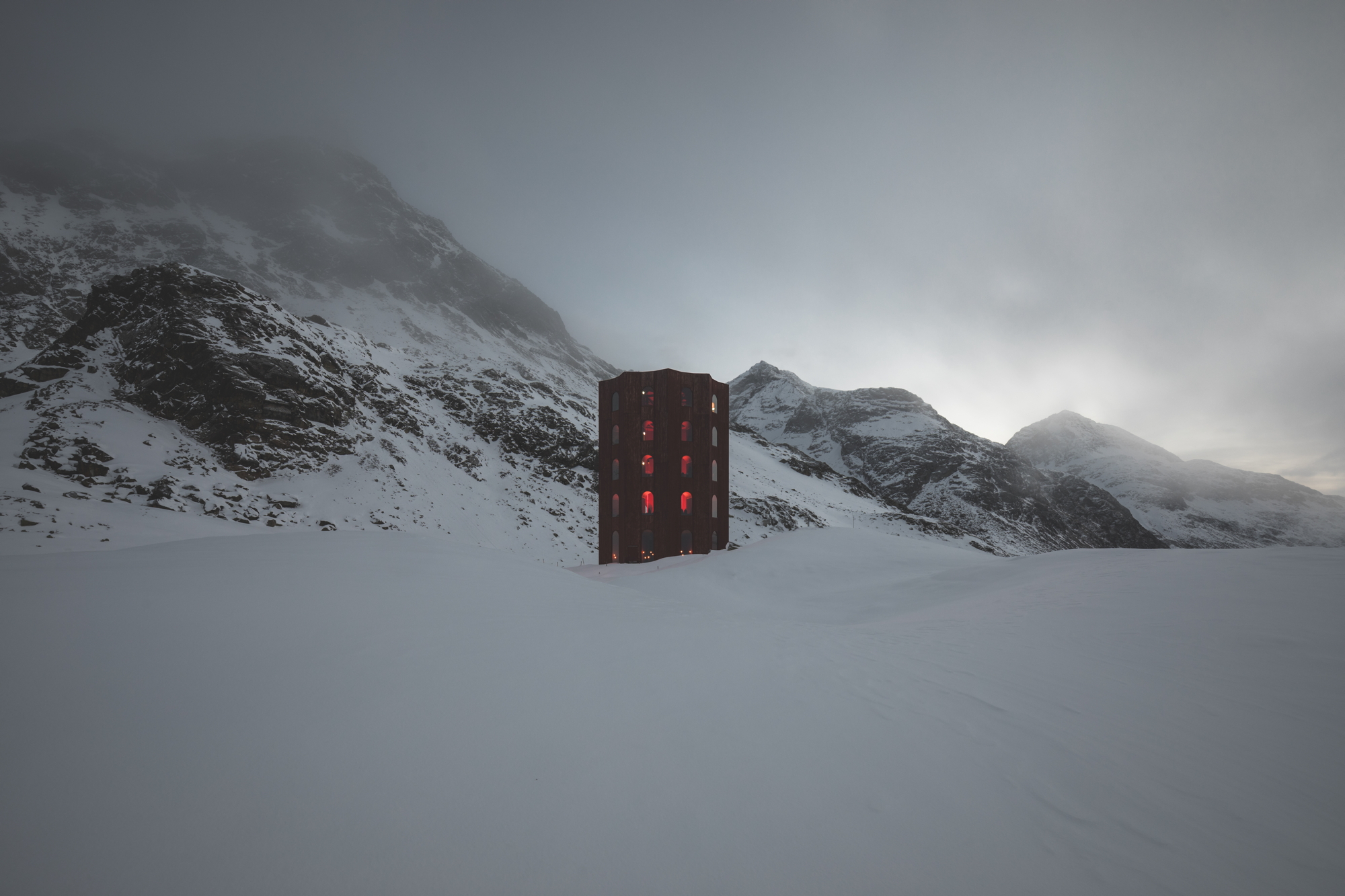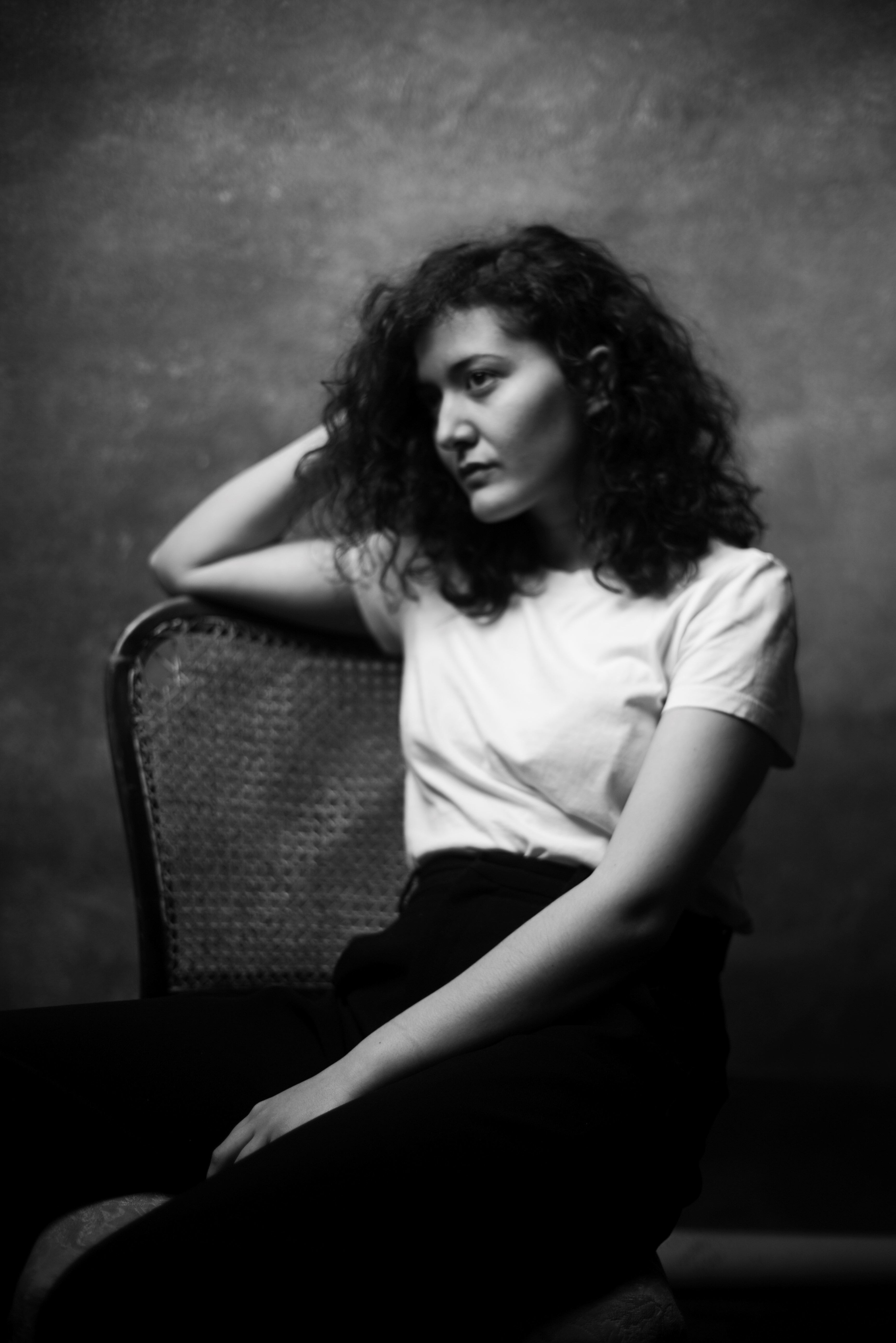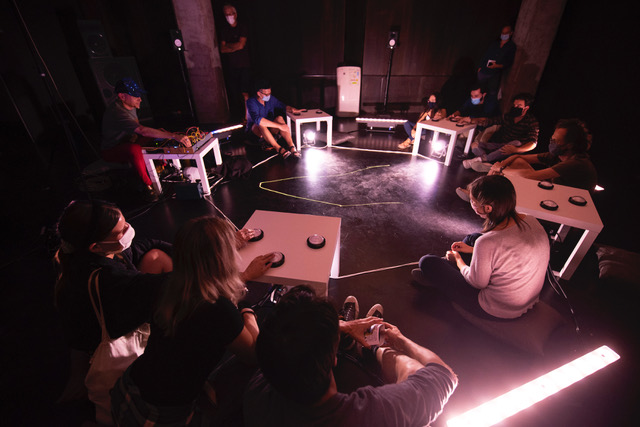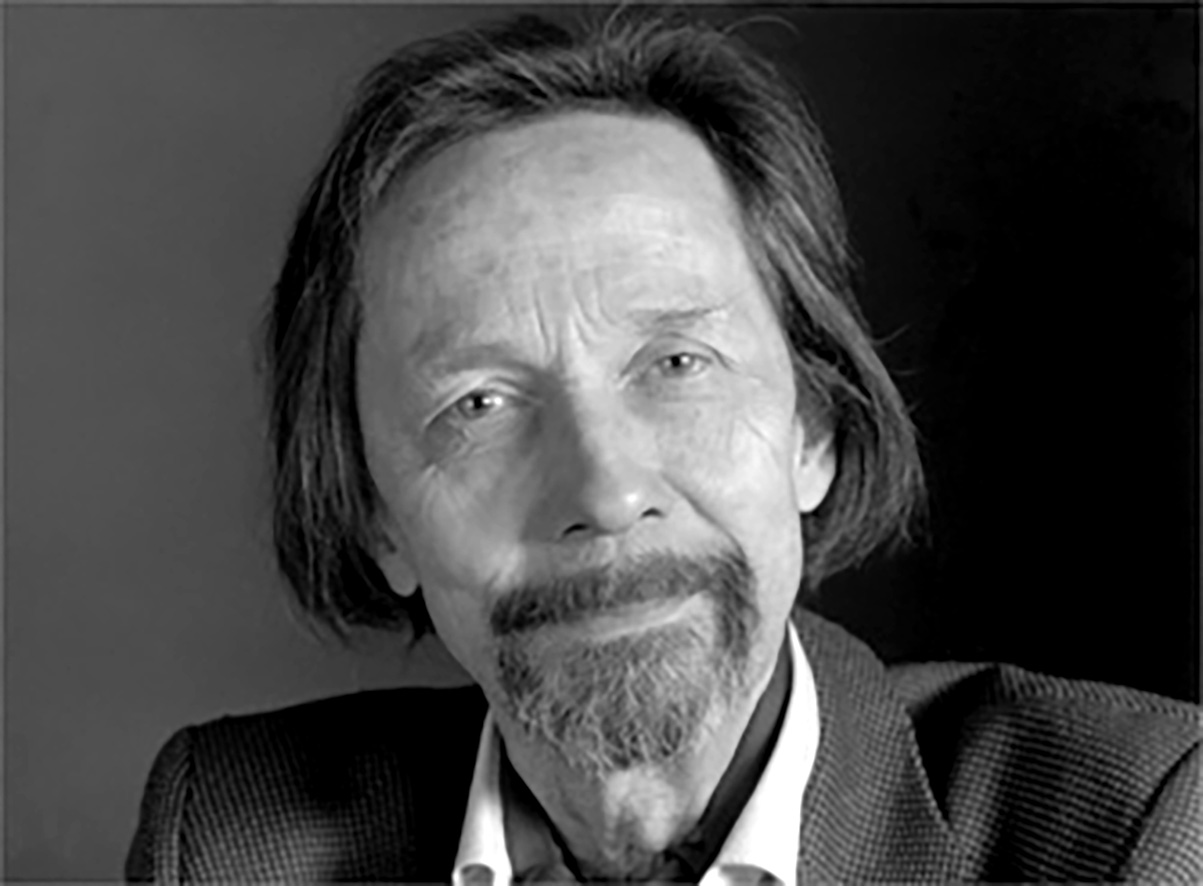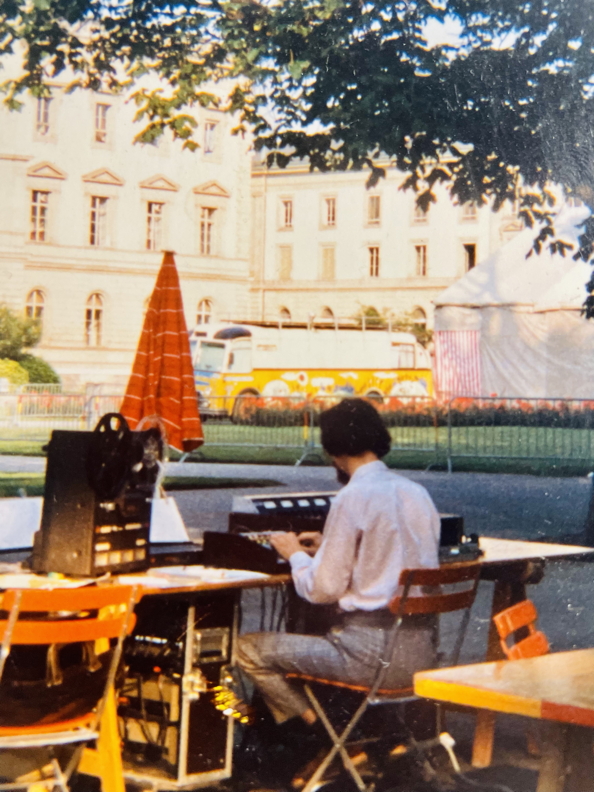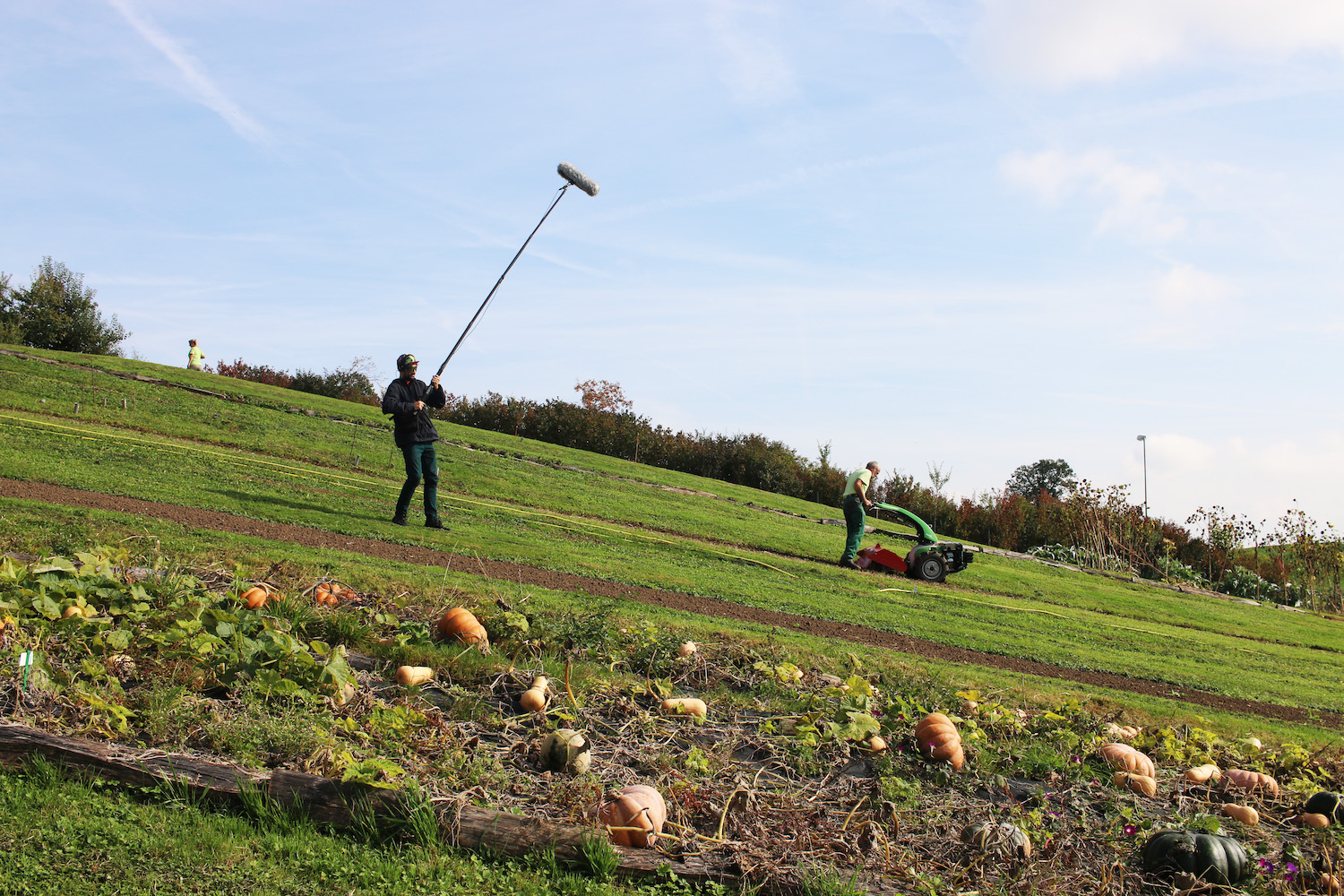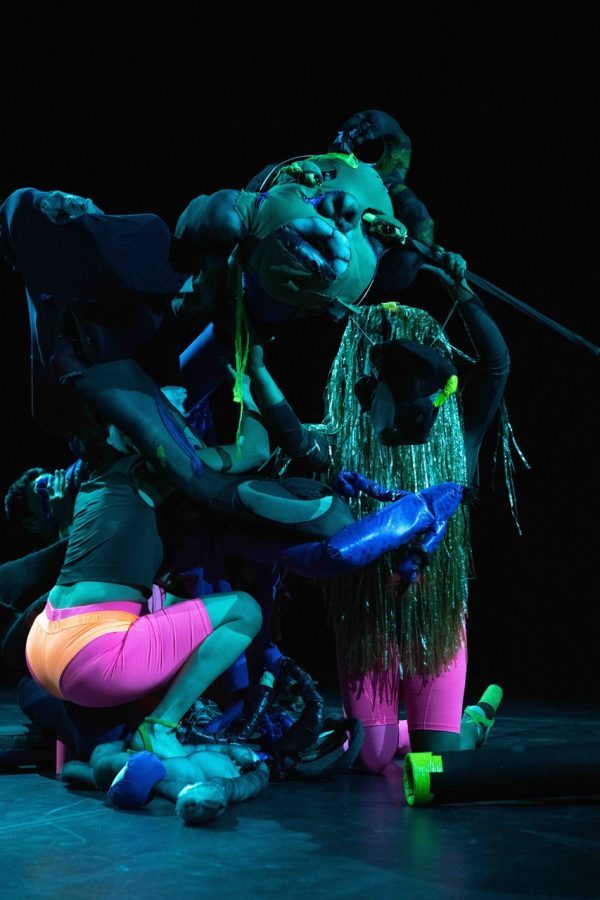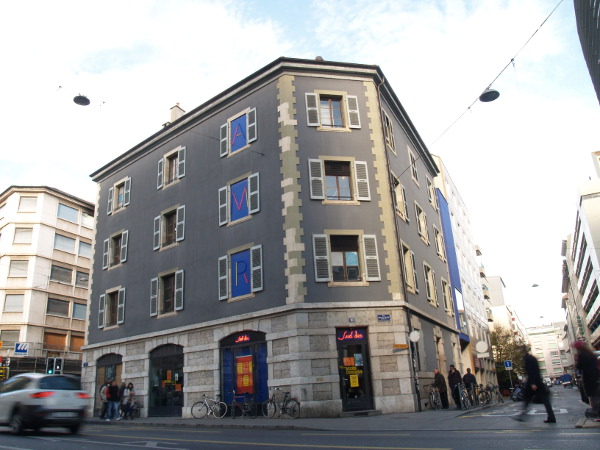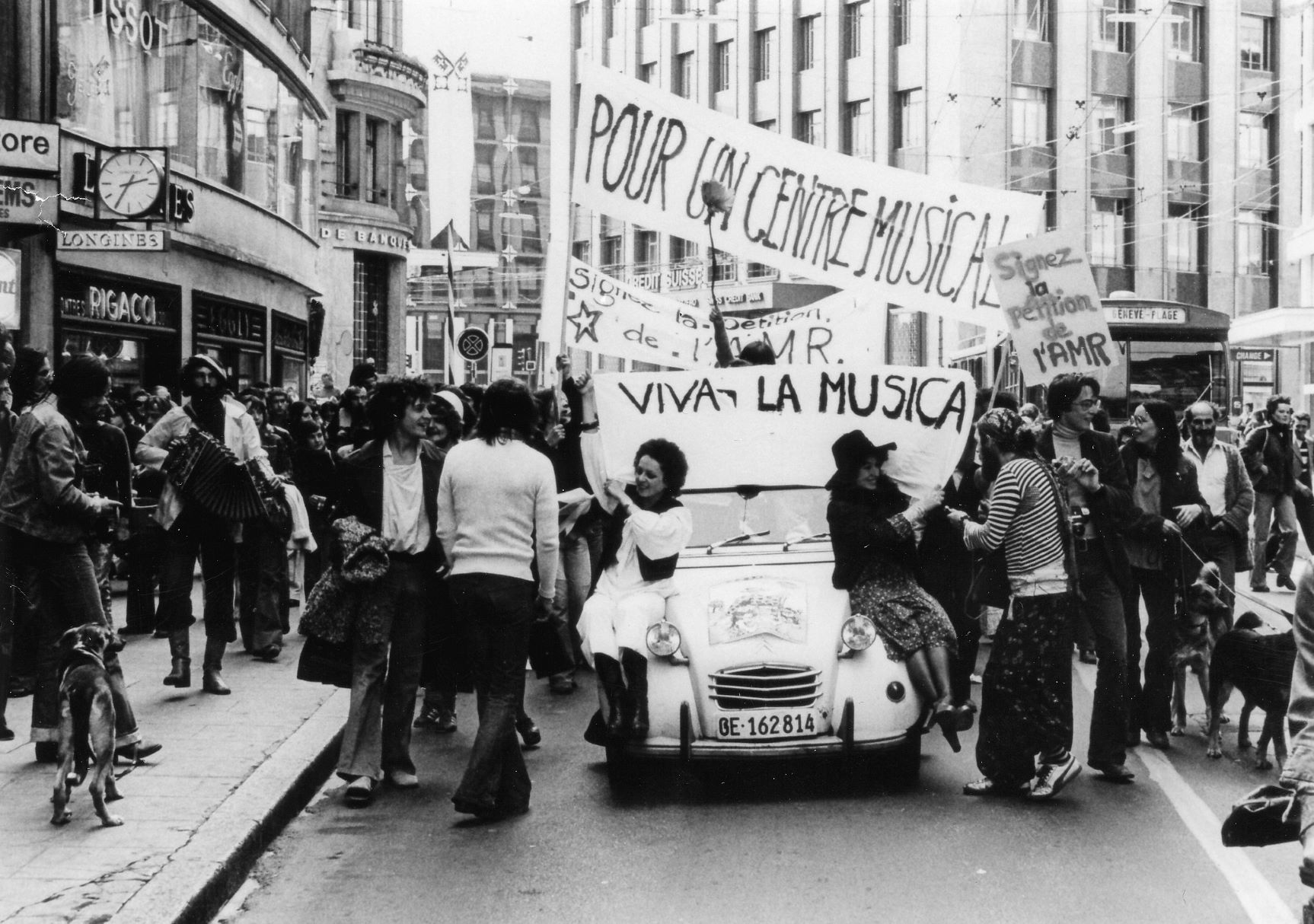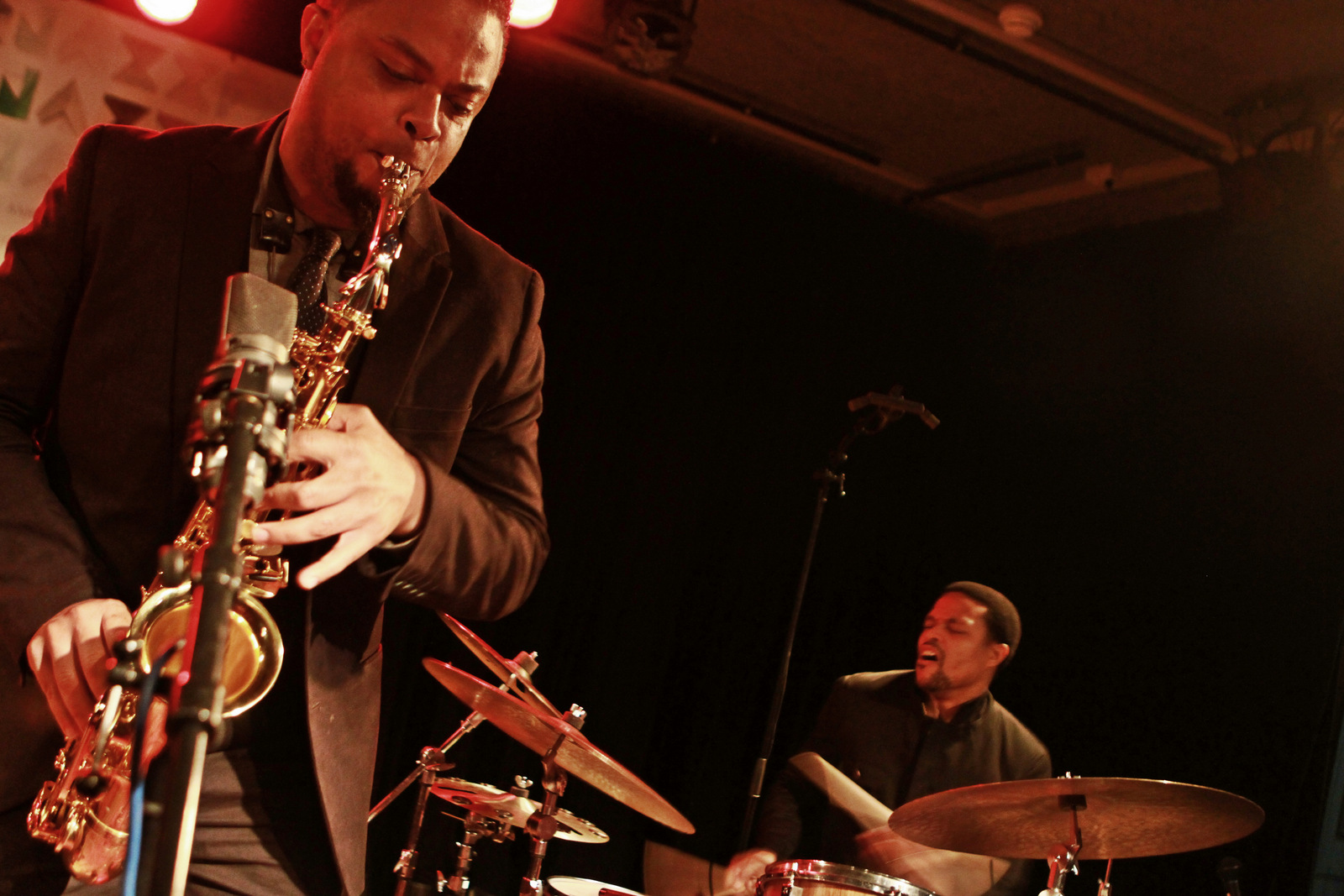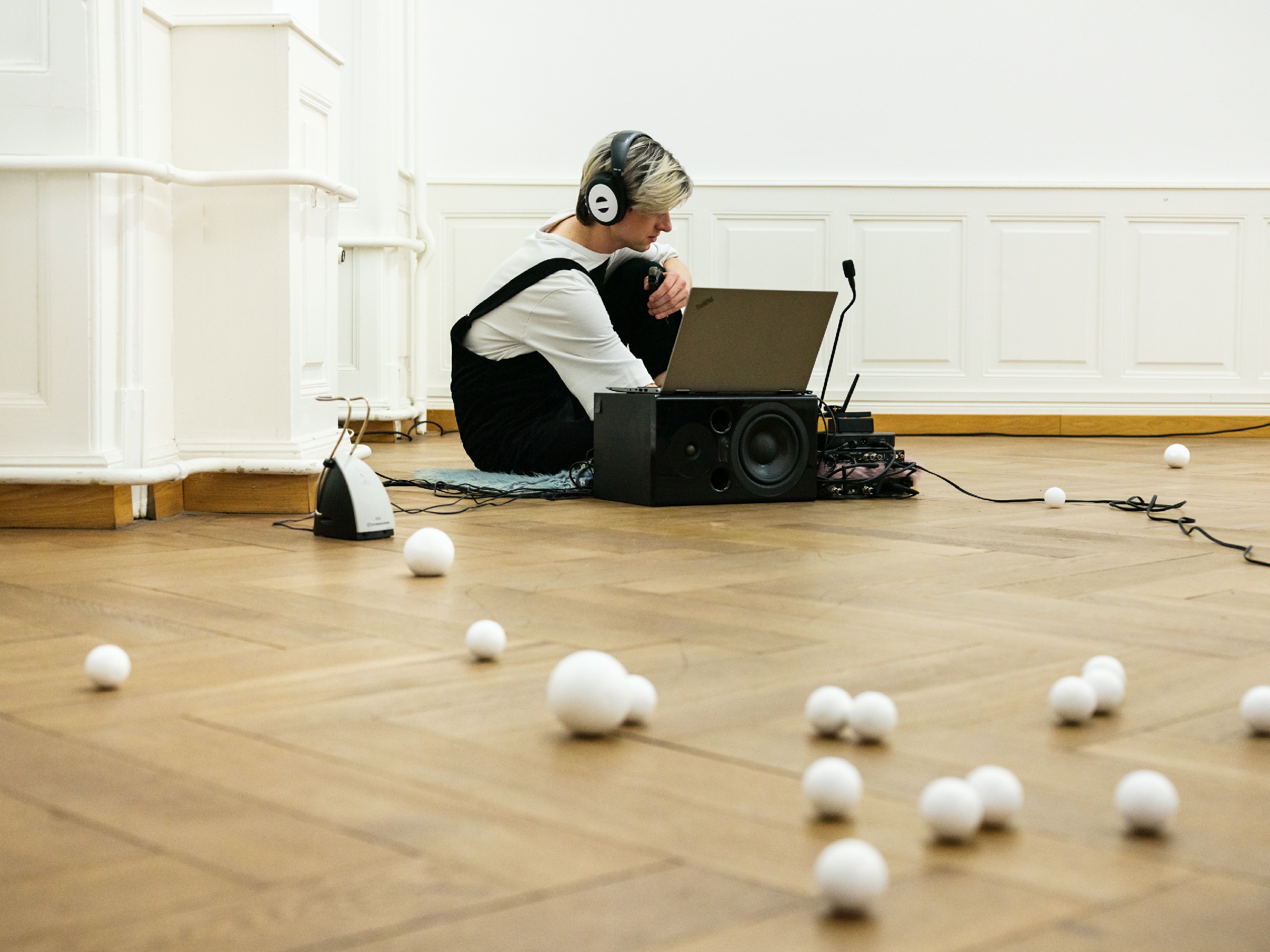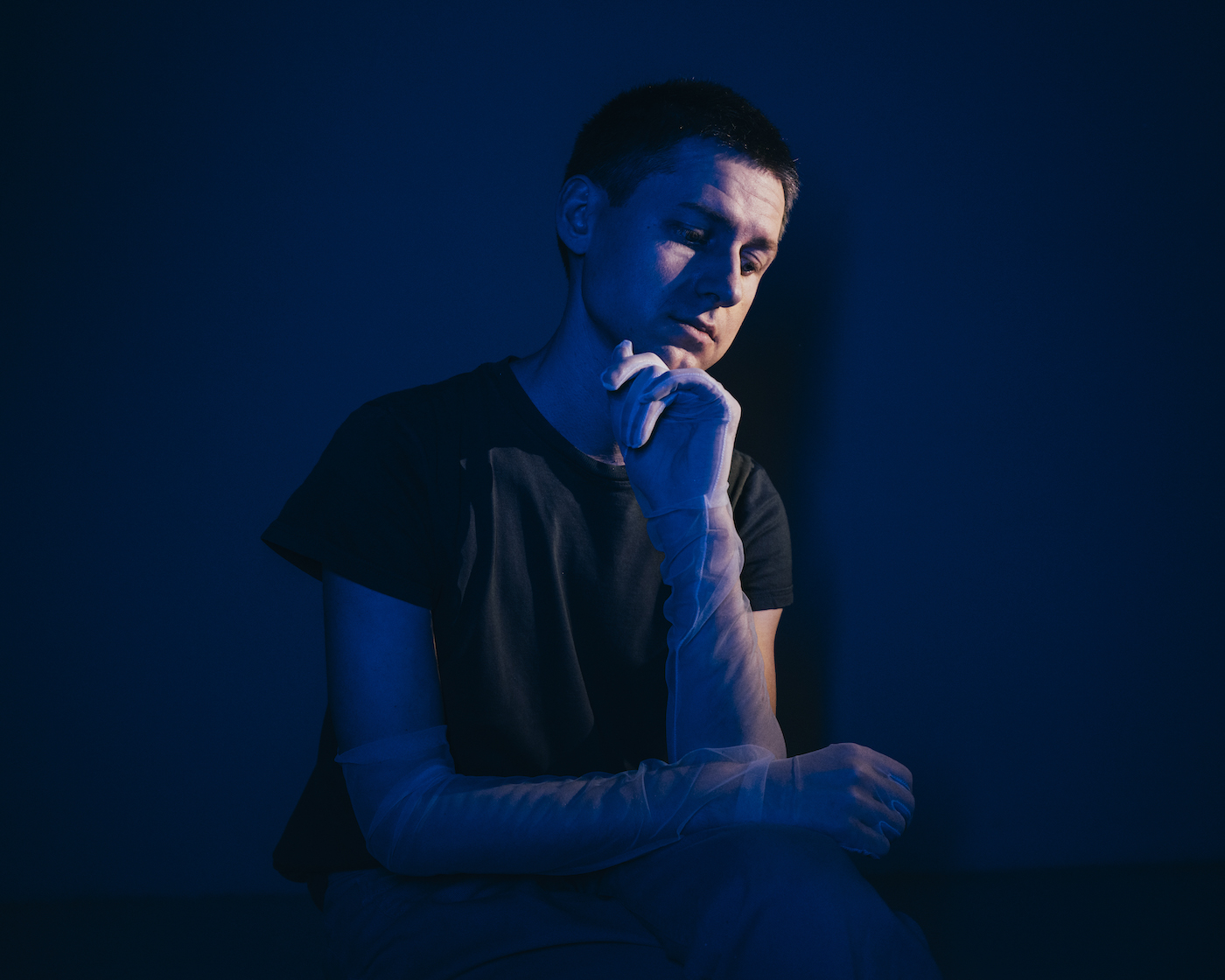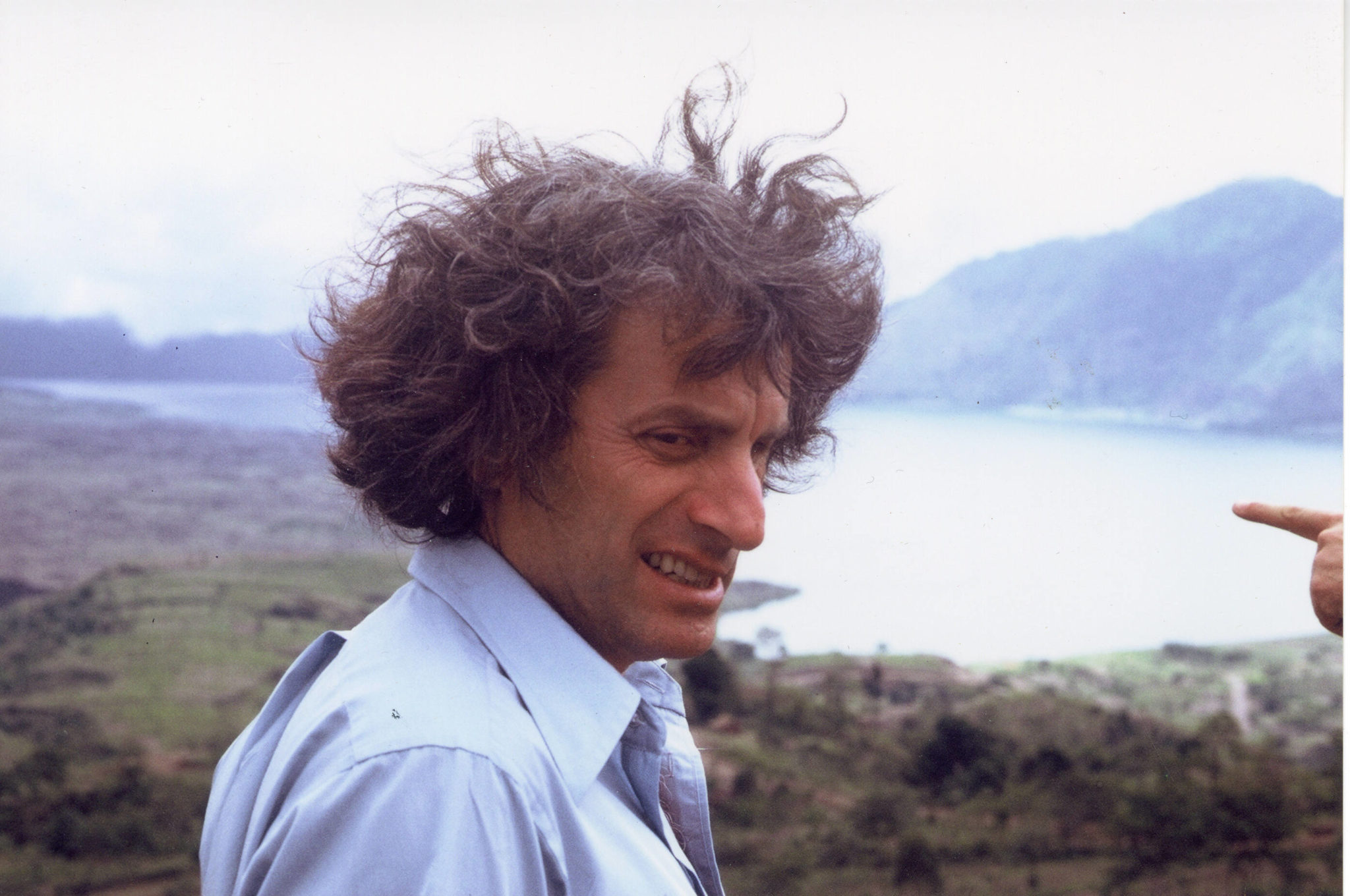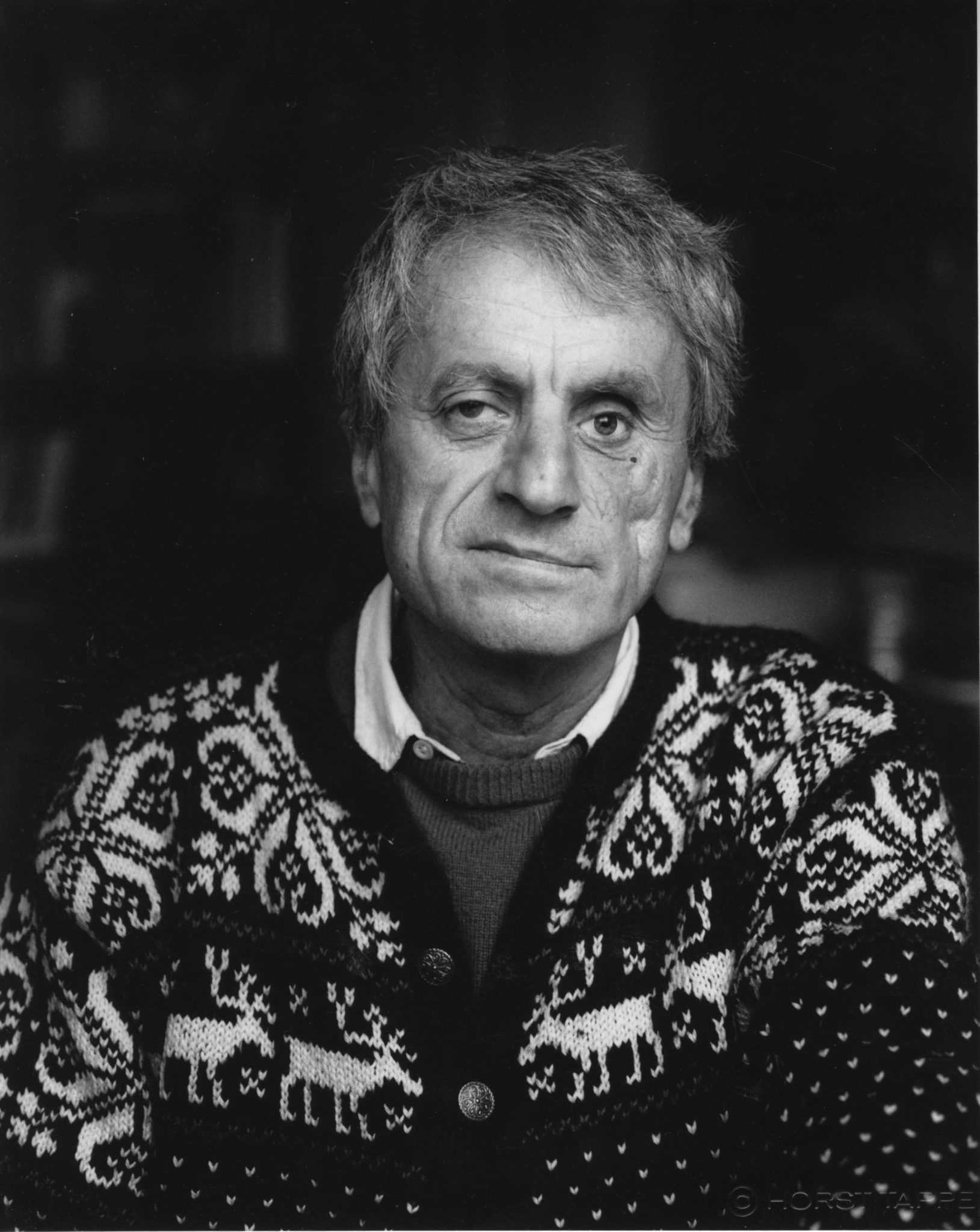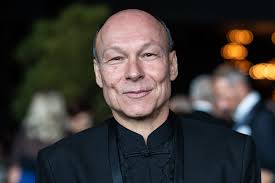Toshio Hosokawa composer in residence @ Tonhalle Zurich
Toshio Hosokawa is the most famous Japanese composer and this season’s Creative Chair at Tonhalle Orchestra Zurich. In his tonal language, Hosokawa combines Western contemporary with traditional Japanese music. Moritz Weber interviewed the composer.
Moritz Weber
Two years ago, Toshio Hosokawa was commissioned by pianist Rudolf Buchbinder to compose a variation on Diabelli’s famous waltz in C major, over which Beethoven had once composed his monumental 33 variations. “I love piano sounds,” says Hosokawa in conversation, “but there are so many notes in this waltz”. His variations therefore sound as if in slow motion, allowing individual notes plenty of time to unfold. Because of the slow tempo, the piece became representative of his, says the Japanese composer, and even the tonal elements fit his musical language, as in the last 2 to 3 years he has become more and more interested in tonal music again, “and in the future I would also like to compose some tonal music.”
A way to traditional Japanese music through studies in Germany
He found his own language, which combines Far Eastern and Western aesthetics, through a diversion. “My family was very Japanese,” he says. With an ikebana master as grandfather, who also loved Nō singing as well as the tea ceremony and a mother who always played the koto, it was a bit “too much” for him and the traditional Japanese seemed like old-fashioned, even “boring”.
As a piano student, he was particularly enthusiastic about the classical-romantic repertoire, such as Beethoven’s late piano sonatas, so Hosokawa went to Germany to study composition with Isang Yun (in Berlin) and Klaus Huber (in Freiburg i. B.).
Klaus Huber, composition professor of Toshio Hosokawa with his Far Eastern inspired piece Plainte – Lieber spaltet mein Herz, Contrechamps 2018, in house- production SRG/SSR
At Berlin’s Meta Music Festival in the 1970s, contemporary European music was combined with traditional music from all over the world. György Ligeti with Indonesian gamelan music, Karlheinz Stockhausen’s Mantra with temple music from Japan. There, Hosokawa heard and experienced the music of his homeland from a European point of iew and in a completely different way, discovering its beauty. Mixed with homesickness and thanks to the encouragement of his teachers, Hosokawa began to combine Far Eastern sound language and philosophy with the European ones.
Differences between Western and Eastern aesthetics
An important difference between European and Japanese music is that the latter is not absolute music, but always serves as an atmosphere or background for certain events such as ceremonies or dances. It is bound to a place. European music, on the other hand, is an architecture that can be played in a variety of places, just as a sculpture or painting can be transported somewhere, Hosokawa says.
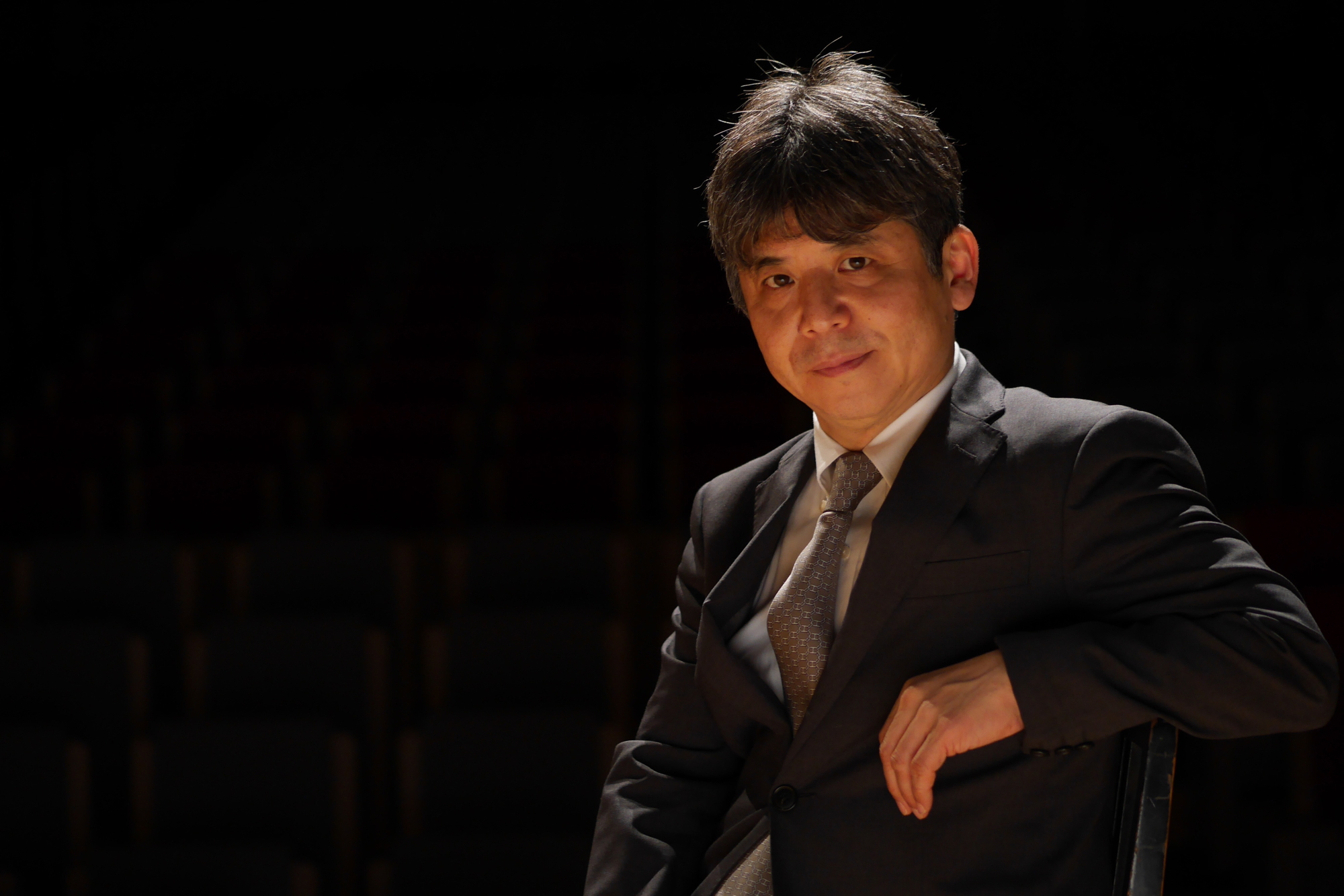
“In the Japanese musical tradition, the single note is very important. I always say our music is a caligraphy in time and space and a musical line is like a brushstroke, with a beginning and an end”. The tones are vertical events, like a calligraphic brushstroke on a white paper. In complete contrast to the groups of sounds in Western music that are linked into motifs, e.g. the famous “ta-ta-ta-taaaaaa” from Beethoven’s 5th Symphony, Hosokawa sings.
Nō theatre and Gagaku music
“The traditional Japanese Nō theatre plays from the 12th or 13th century are about healing souls and this idea is also very important to me,” says Hosokawa: “The deceased come back, tell about the afterlife, heal their souls through dance and song and then return to the realm of the dead.” Musically, the “calligraphy chant” is formative, as are the percussions: heavy beats that cut through time quasi vertically, without opening up large horizontal spaces, as the impulses are events in themselves. This is something he always points out when he works with musicians on his pieces, as he did this season as Creative Chair of the Tonhalle Orchestra Zurich. “These violent vertical cuts are stronger than normal strokes, as are the sudden changes in dynamics. I always say: think when you play, you are painting a calligraphy. Don’t think too formally, but that every moment is a most important moment, every moment an eternity.”
Toshio Hosokawa, Ferne Landschaft III – Seascapes of Fukuyama (1996), Basel Sinfonietta, conductor Baldur Brönnimann 2016, in house-produktion SRG/SSR
Hosokawa also likes the microtonal colourings, which are important in shaping the Nō theatre tones. “There are always small changes around the central tones and I want to hear these, because they make the tones come alive”. Again, in the interview, he sings out a long drawn-out tone and traces the course of the tone with his hand in the air.
The mother chord of the Shô
Japanese gagaku music is about 500 years older and originally comes from China and Korea, serving as a ceremonial court music, with the sound of Japanese mouth organ shô being omnipresent. It symbolises eternity in the background, while above it melody instruments such as hichiriki or the dragon flute ryūteki “draw” sonic calligraphies.
Within shô, it is also possible to directly experience breath and circling time. Hosokawa calls this the “mother chord” and he has written various pieces for or with shô. These cycles are also very important to him, as is the idea that gagaku is a cosmic music rather than a human-emotional one.
Natural disasters as opera material
Toshio Hosokawa has become world famous for his unique tonal language and compositions in all genres. Many of his works revolve around natural disasters such as the devastating Tohoku earthquake, tsunami and the Fukushima nuclear disaster. “My goal is to become one with nature through music and composing. Actually, Japanese nature is very beautiful with its seasons, but not always friendly to people. I experienced this with the tsunami and I began to think about nature in a completely different way. With my fourth opera “Stilles Meer”, I wanted to write a lament for the victims of this drastic event, or a requiem for the dead.” In this piece, Hosokawa has not only composed the elemental force, but also the terrible images of loss, such as children’s shoes or toys floating in the flooded areas.
Toshio Hosokawa, the opera Stilles Meer is for Toshio Hosokawa a lament to the victims of the 2011 tsunami, world premiere Staatsoper Hamburg 2016
The composer is currently composing his sixth opera, which will again revolve around natural disasters, featuring a young couple, a Japanese man and a refugee from Ukraine, who visit devastated places, various “hells” in the sense of Dante’s Inferno, where they see the effects of natural disasters, according to Hosokawa. The opera is scheduled to premiere during the 2025/26 season.
Inner and outer peace
To find his inner peace, Hosokawa likes to walk in the forest or by the sea near his home in Nagano. He also meditates daily, sitting quietly and doing nothing for a few minutes. A source of strength for his contemplative state music, punctuated with eruptive outbursts.
His music should also be a place of contemplation and prayer for the audience. “In Japan, there are many carved wooden statues by anonymous artists where people pray. I want my music to have a similar meaning. It may not save people, but it can somehow protect them.
Spirituality also plays a role in his most recent works: “Ceremony” for flute and orchestra (premiere 2022) and “Prayer” for violin and orchestra (premiere 2023).
The solo instrument in these two pieces acts like a shaman, a mediator between this world and beyond, says Hosokawa, receiving and hearing the elemental force Ki (気). “I find this thought very interesting: composing, not as an expression of a person or his ego, but as receiving what is already there; the elemental force of sounds, the sometimes lovely, sometimes dramatic flow of the tones. “The orchestra represents nature and is therefore in and around the solo instrument or the shaman. He communicates with it, carries out conflicts and in the end should find harmony with it”.
Hosokawa sees himself as a sound engineer of this elemental force, and says: “I would also like to become a shaman” – if he is not one already.
When he rehearses his works with orchestras or musicians, as currently, during his time as Creative Chair of the Tonhalle Orchestra Zurich, it is above all the pulsation and sense of time that sometimes need a little more work.
Moritz Weber
Zurich Tonhalle-Orchestra: Toshio Hosokawa, Creative Chair, Saison 2022/23
concerts:
sunday, 26.3.23: chamber music
wednesday, 29.3.23: Meditation to the victims of Tsunami for orchestra.
Rudolf Buchbinder, Isang Yun, Klaus Huber, Shô, Hichiriki, Ryūteki, Gamelan, Karlheinz Stockhausen, Gagaku, György Ligeti, Koto, Metamusikfestival Berlin
broadcasts SRF 2 Kultur:
Musik unserer Zeit, Mittwoch, 22.3.23, 20h, 25.3.23, 21h: Musikschamane und Vertoner der Urkraft, Autor Moritz Weber
neo-profiles:
Toshio Hosokawa, Tonhalle-Orchester Zürich, Klaus Huber


